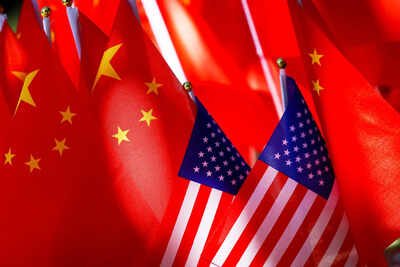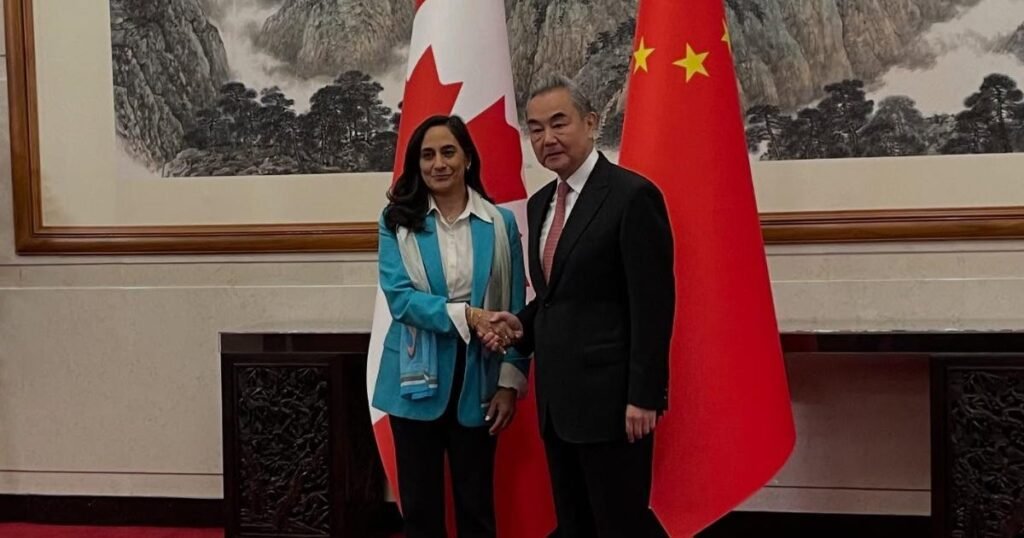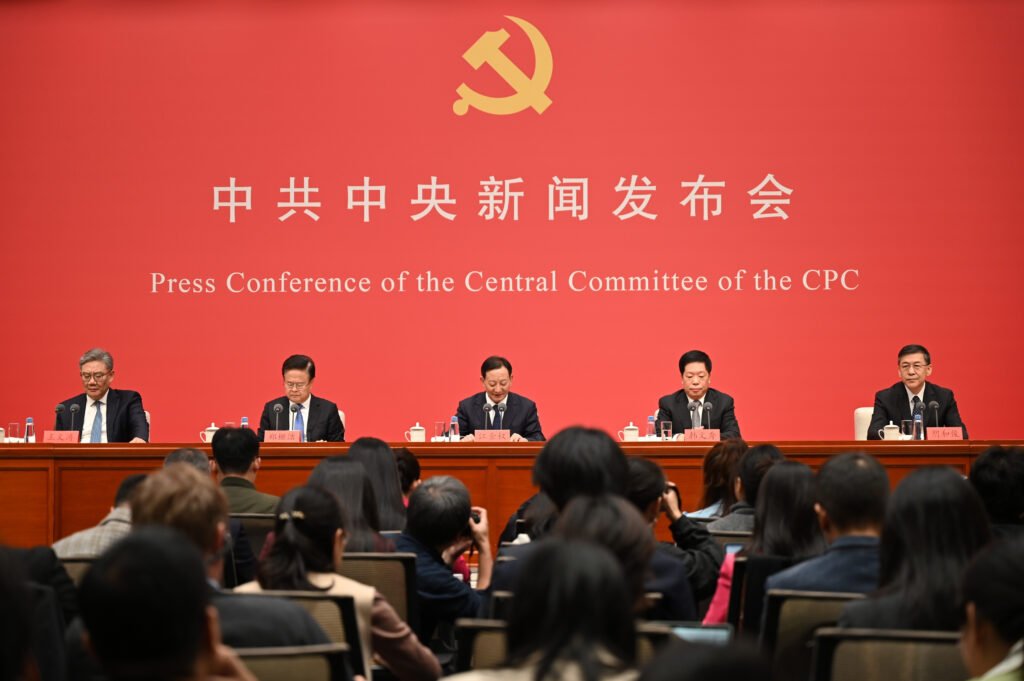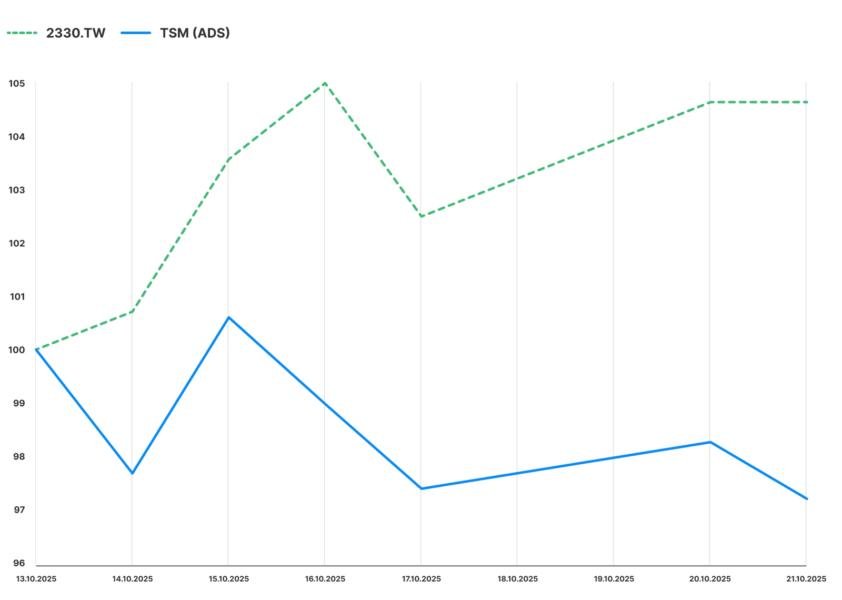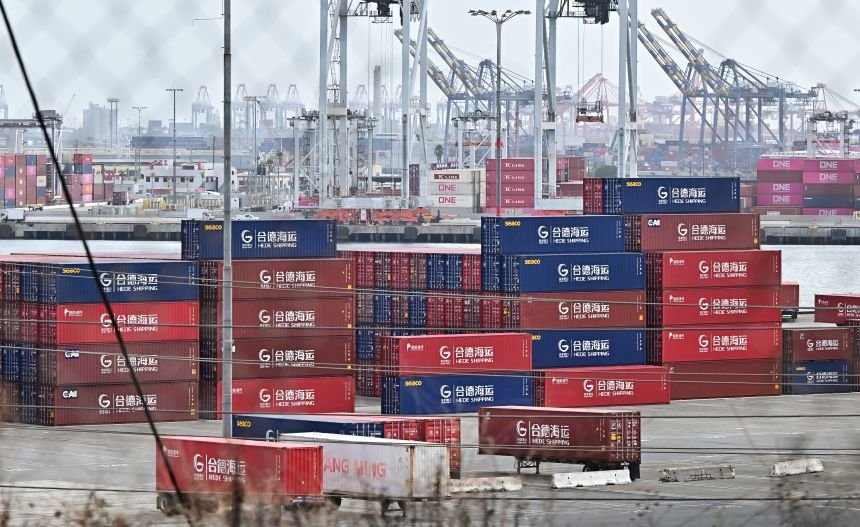The competition for the leadership of the current, rules based international order, between the US and China gets murkier with each passing day as the two major actors of the multipolar world order dive into newer partnerships, alliances, influence operations, tactics and experiment with long term strategies. In this shadow of the escalating US-China tensions, where Artificial Intelligence (AI), semiconductors and quantum computing define the new race, America’s greatest vulnerability is not a foreign cyber-attack or a supply chain sabotage alone. It is self-inflicted! The Trump 2.0 administration imposed a USD 100,000 annual fee on H-1B visas, which albeit currently seems to be getting diluted with myriad, confusing statements, but has been accelerating the erosion of US technological dominance.

The tech rivalry between the US and China has evolved into a full-spectrum geopolitical struggle, way beyond mere tariffs or export controls. By 2025, China’s strategic investments in AI and critical technologies have narrowed the breach alarmingly. As per a recent RAND report, stabilisation of this rivalry will need addressing science and technology competition. Yet, Trumpian policies are doing the exact opposite. Beijing’s Made in China 2025 initiative, now in a mature stage, propelled advancements in electric vehicles, 5G networks and biotechnology, propelled by state subsidies and aggressive talent acquisition. Meanwhile, America’s export controls on semiconductors, which were intended to hobble SMIC and Huawei, boomeranged, spurring China’s domestic innovation and creating a bifurcated global tech system. The Special Committee Study Project’s (SCSP’s) Gaps Analysis Report highlights stark disparities- China leads in AI patent filings and data centre infrastructure, while the US grapples with talent shortages exacerbated by immigration hurdles.
At the heart of America’s technological edge, has always been its ability to attract the world’s brightest minds, and immigrants, many on H-1B visas have either founded or led giants like Google (Sergey Brin), Tesla (Elon Musk) and NVIDIA (Jensen Huang). Data from the American Immigration Council highlights that H 1-B workers fill STEM gaps, expand job opportunities and complement, rather than displace US workers. Yet, Trump 2.0, in a complete blindness to facts, has imposed restrictions, including the exorbitant fee, which has been dismantling the talent pipeline in the US start-ups are already cash strapped, and the prohibitive costs, potentially halts recruitment and pushes operations overseas. The ill thought tactic of treating friends, partners and allies of the US as foes, and using oppressive and bullying tactics, only ensures that the US hands its leadership of the international system, on a silver platter to China. Examples of friends and allies that Trumpian policies have targeted include South Korea, Taiwan, Japan, India and many more.
Geopolitically, this sort of ceding of ground to China has dire implications, given that tech is not just economic; it is the backbone of military superiority and global influence. The US-China rivalry over AI geopolitics, as detailed by the World Economic Forum, involves data centres and computational power that underpin everything ranging from hypersonic weaponry to cyber defences. Taiwan is a flashpoint in this contest, as it houses TSMC’s chip foundries, and any talent exodus weakens US alliances in the Indo-Pacific. In fact, S&P Global’s 2025 risk assessment lists US-China de-risking as the top geopolitical concern. Given that China is not a democracy and is unburdened with democratic debates over immigration, it is capitalising. Its universities seek to rival MIT in output, and state-backed firms like Byte Dance and Alibaba offer engineers with lucrative packages.
Consequences of ill-thought-out Trumpian policies are already showing effect, as US tech firms report delays in AI projects due to hiring freezes. Meanwhile, China’s EV sector, led by BYD, surpasses Tesla in global sales. In the realm of quantum computing, Huawei’s advancements challenge US firms like IB. A few more years of such ill-conceptualised policies could relocate tech’s centre of gravity to Asia.
The US successfully built its empire on openness, drawing Einstein and von Neumann to fuel the atomic age. In today’s world. As China eyes tech hegemony, clinging to restrictive policies, without caring for long-term consequences, is nothing short of a strategic blunder. In fact, the Select Committee on China of the US stated in October that China is not just competing for markets. It is reshaping the rules of the international order; “innovation meant to empower people is used to surveil, repress and coerce. America must remain open, inventive and unyielding”. Trumpian policies however, seem to be aiming at the exact opposite. For other democracies of the world, it is now pertinent to find a third way out between the US and China, as the clock ticks and America’s tech future hangs in the balance, as it illogically cedes ground to China. What the other democracies of the international system could aim at is a capitalisation on the US’s H-1B restrictions by streamlining their own visa programs to attract global STEM talent, offering incentives like tax breaks and fast-tracked residency similar to China’s K visa. Immediate and heavy investment in R&D is a necessity along with forging tech alliances, to share resources and counter China’s dominance while filling gaps left by US policies. Collaborative initiatives, like joint AI research hubs or semiconductor supply chain integration, can strengthen their geopolitical leverage and innovation ecosystems.
This article is authored by Sriparna Pathak, professor, China Studies and International Relations, Jindal School of International Affairs, OP Jindal Global University, Sonipat.

